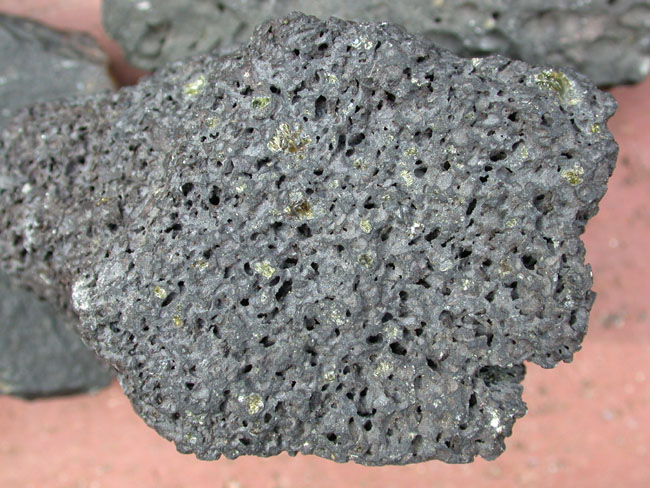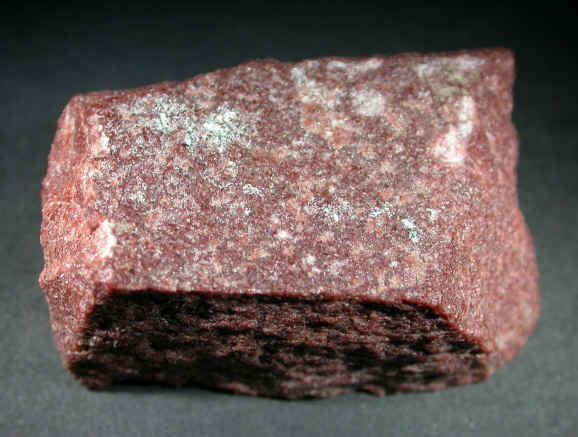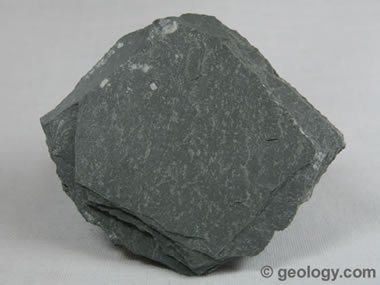Geocaching is a fun activity where individuals find small objects and record there travels. Some bigger caches have large things that the individual takes to another cache. They follow the GPS to find these locations.
http://www.geocaching.com/ is the link to their site.
Geocaching helps the environment because individuals traverse the terrain and see all kinds of interesting things, and it makes them aware of the environment.
When we did our geocaching we walked .25 miles around the library and Willett Science Center. This is what we found on our quest around campus.
Point #1 Black Cylinder with Log
Point #2 Pill bottle with Black Eye Peas
Point#3 Red Cylinder with Log
Point #4 Hot sauce in Pill Bottle
Point #5 Soda tabs in Pill Bottle
Point #6 Chalk in Pill Bottle
Point #7 Battery in Pill Bottle
Point #8 Magnet with little car in Pill Bottle







